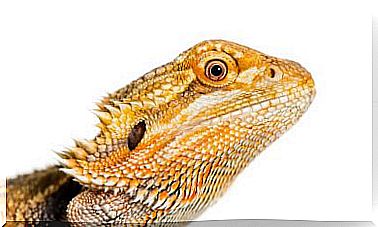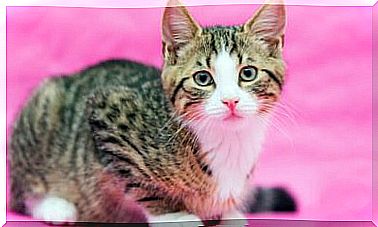Crows And Their Relatives: Do They Deserve To Be Considered Malevolent?

Corvids are a family of birds scattered throughout the world. It includes crows, crows, magpies, rooks and jays, among others. All these birds are characterized by being quite large, with a robust body and beak.
Its bad reputation comes from the fact that most of these species are very frequent scavengers. Is that reason enough for crows and their relatives to be considered malevolent?
For generations, some of these species have been persecuted vigorously, depleting their populations in many parts of the world. This is a regrettable fact, since they are very intelligent, curious and sometimes even talkative birds because of how much they “talk.”
The crows and their relatives
Next, we will talk about some of the best known species of corvids and their characteristics. This way it will be easier to recognize them when we see them on the street or in the field. Getting to know an animal is often the first step to stop fearing or rejecting it.
The big crow or common raven
The black silhouette of Corvus corax is silhouetted against the sky when it flies or glides with great dexterity, as if it were performing an acrobatic display. The plumage that covers the body of this bird is shiny black, with metallic reflections. Its beak and legs are black as well.
But the truth is that, like most corvids, the raven is anything but sinister. In fact, he and his relatives are known for a reason as screaming birds, because they squawk all the time. What’s more, they are birds that, in the right hands, learn to “speak” quite easily.
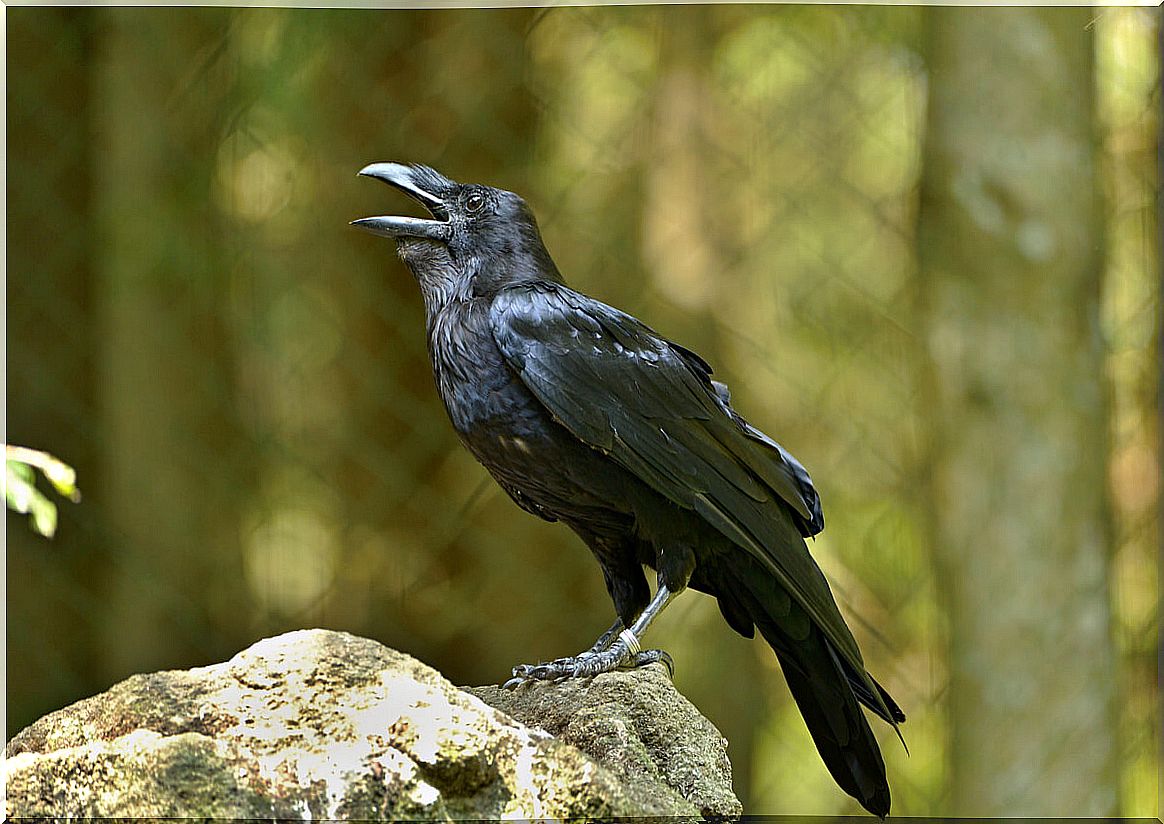
The black crow or common crow
Corvus corone , although it is known as the black crow, in reality it is not so much. The truth is that, if you get close to her, the color of her plumage is already rather bluish — especially if you look at her in the sunlight.
Crows spend a lot of time foraging on the ground or high up in trees – either alone or in pairs or flocks. Their diet is very varied, as a specimen can range from vegetarian to insectivorous. Sometimes it also consumes mollusks and even small amphibians and mammals.
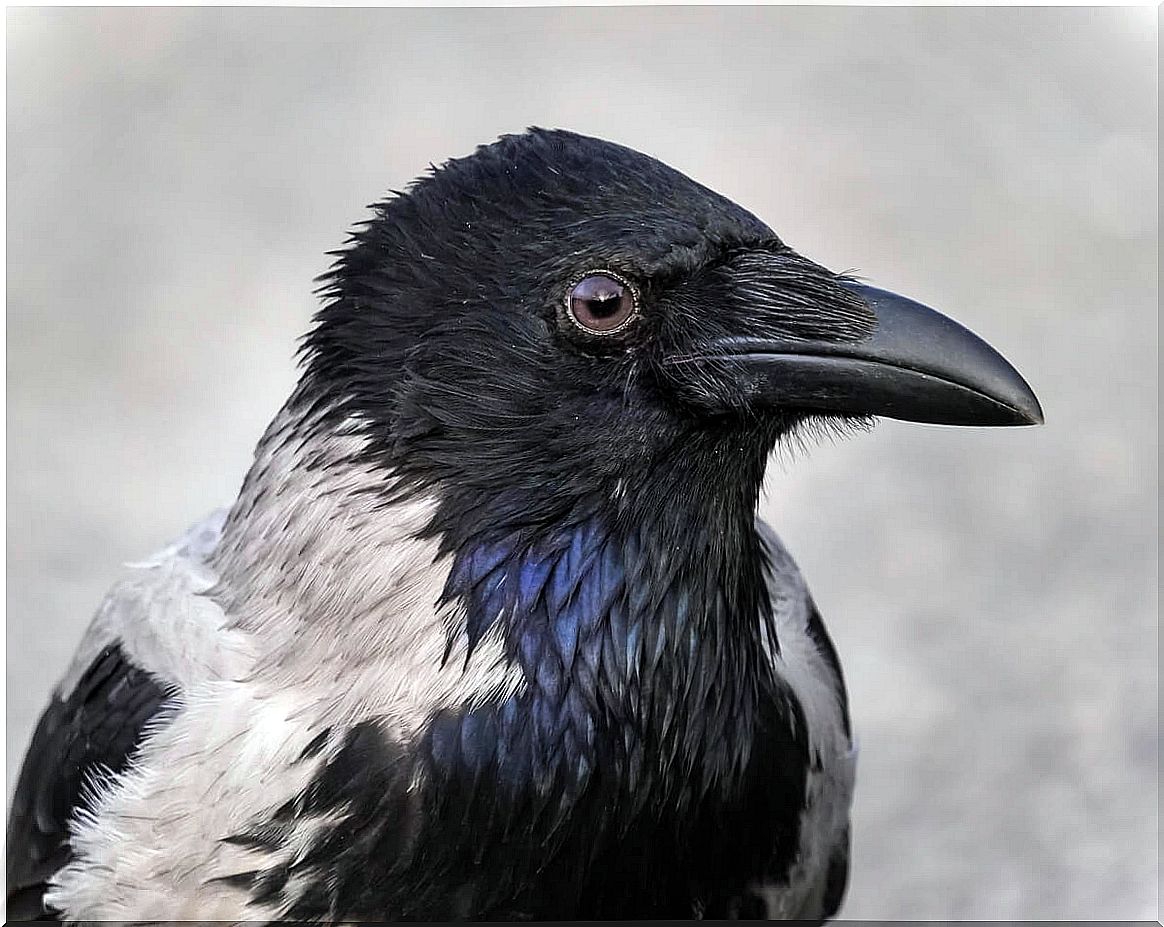
The rook, a relative of crows and their relatives
Corvus frugilegus differs from other corvids by the bare skin at the base of its sharp beak. In addition, its black plumage has a purplish luster. On all these characteristics, it distances itself from its relatives in some features of its behavior:
- For one thing, its vast vocabulary is more varied than that of any other species.
- On the other hand, the circles that flocks create, perched on the ground, surrounding a rook and then killing it. Although this could be the trait that proves his bad reputation, the truth is that it seems to be a death of compassion. The animal in the middle will always be sick or weak.

Crows and their relatives: the less sinister species
While no corvid deserves an unwarranted bad name, these two species even less so. We must understand that the disgust that some animals cause us is due to the humanization of their behaviors. That is, we reflect their behavior on humans and that’s when we find it unpleasant. But, for something we talk about the animal kingdom right?
The common or red-billed chough
Pyrrhocorax pyrrhocorax is characterized by lustrous blue-black plumage, sometimes even with a hint of green on the wings and tail. Its distinctive feature par excellence – and what gives it its name – is its long, curved red bill.
To live, this bird prefers high mountains and sea cliffs. It can even compete with the osprey for territory close to the coast. Also, it is an acrobat bird and quite sociable, so why consider it malevolent?

The common jay
Unlike its congeners, Garrulus glandiarus is a very colorful bird. It is part of a very varied subfamily, with a large part of the species originating in the American continent. This one that concerns us lives in the trees and is very shy, since it only leaves its hiding place to feed and, at the slightest sign of danger, it runs away and hides again.
The jay has a special predilection for acorns, which are its main source of food in autumn. Peck open a hole in the ground, place the leftover acorns in it, and cover them again with soil. The most surprising thing is that it remembers the exact place where it hides them and knows how to locate it even if it is covered with leaf litter or snow.
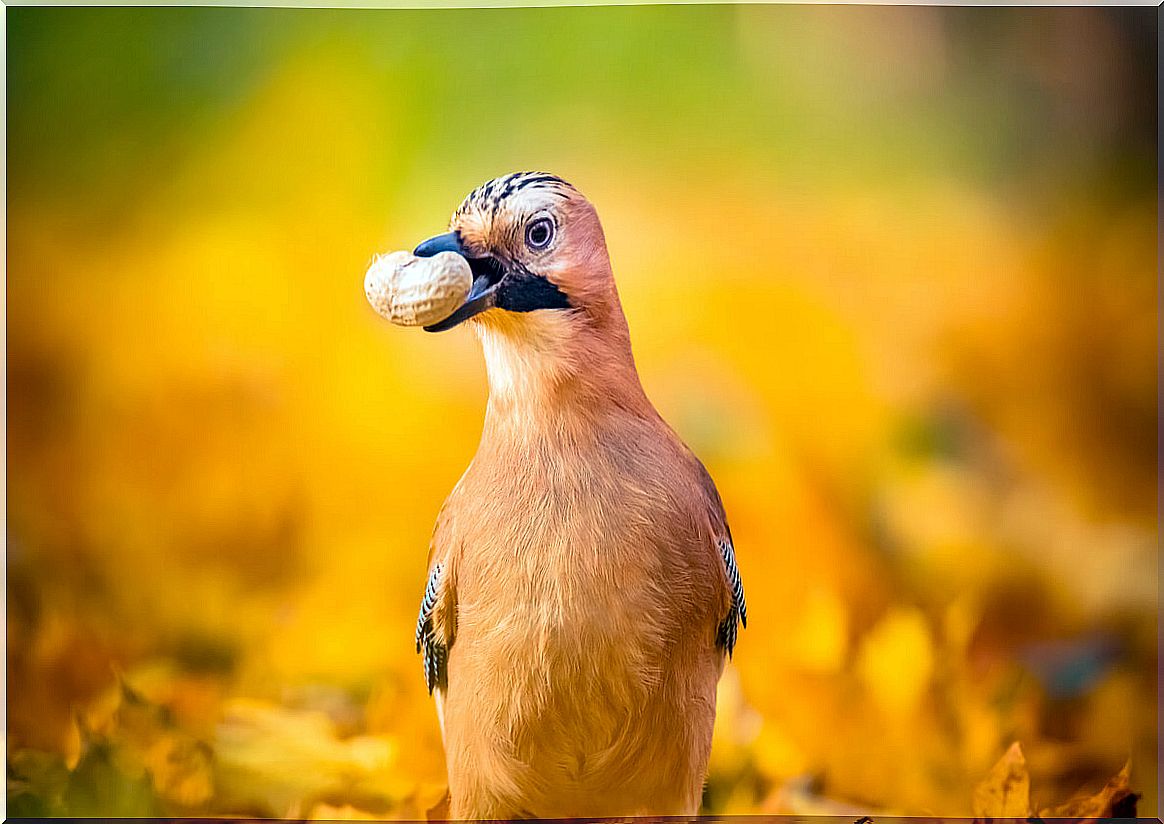
Ravens and their relatives in mythology
Throughout history, corvids have been considered carriers of bad luck. Tricky animals, associated with evil and death. In English, a flock of crows is referred to as an ” unkindness of ravens ” due to the same negative association, but the truth is that other cultures consider them omens of success and fortune.


